Writing Teaching Resources
Teaching writing strategies and the writing process this school year? Explore a comprehensive collection of teacher resources for elementary and middle school ELA teachers — all created by teachers!
Stocked with graphic organizers, writing prompts, templates, worksheets and so much more, this collection of printable and digital activities is designed to help you as you help your students become more effective communicators and unleash their creativity and imagination.
Save time on lesson planning with resources that have been through a careful review process by an expert member of our teacher team to ensure they're ready for your classroom and your students!
Are you looking for tips and tricks to add to your teacher toolkit this school year? Read on for a primer from our teacher team, including engaging activities for teaching writing in elementary and middle school and a look at some of the different writing strategies your students will need to learn.
11 Writing Strategies Kids Should Know by the End of Middle School
We can't talk about teaching kids to write without talking about the different writing strategies that can help them do just that!
When it comes to teaching our students to become confident writers who articulate their ideas effectively, here are some of the strategies our teacher team prioritizes:
1. Brainstorming
Brainstorming is something we often do in the classroom, and it's a crucial part of learning to generate the ideas that will drive students' writing as they progress through their educational journey. Kids should know how to create a list of potential topics or points related to a particular writing assignment.
With younger students, this is often done as a whole group by writing ideas and points on chart paper. In upper grades, students transition over to using text-based materials to generate ideas and talking points.
2. Outlining
Before diving directly into any assignment, our students should be able to create a structured framework or outline. Teaching students how to create this outline will help them organize their thoughts and arguments for penning their essays, reports and research papers.

3. Using Graphic Organizers
Technically graphic organizers are classroom tools, so you may not think of their use as a writing strategy per se. However, learning to use these tools is another means of providing kids with the tools they need to organize their ideas and information before they sit down to write.
These organizers are particularly useful for expository writing — students can use them to outline main ideas, supporting details, and transitions.
Students can also take advantage of story maps when they are working on narrative writing to plot the key elements of a story, such as characters, setting, conflict, rising action, climax and resolution.
Graphic organizers such as the OREO strategy and hamburger paragraph are also great tools for students to use when working with opinion and persuasive texts.
4. Freewriting
Writer's block is the enemy of creativity, and it can easily frustrate young students who don't know where to begin.
When students freewrite, they write continuously without worrying about grammar or punctuation. This writing strategy can be extremely freeing — hence the name! — and helps frustrated writers move past that writer's block, generating fresh ideas.

5. Peer Editing
Learning to review and provide constructive feedback on each other's work is a great writing strategy to employ in your classroom to help students improve their writing quality and enhance their editing skills.
The strategy allows your students to learn from one another, and it arms them with an important tool they can use well into the future — calling on peers to provide a critical eye to a piece of writing.
6. Using Sensory Language
Working on descriptive writing? With this writing strategy, students engage the reader's senses through vivid and sensory language to create a more immersive experience.
7. Including Transitions and Connectives
As students become more proficient in the writing process, learning to use transitional words and phrases allows them to create smooth transitions between sentences and paragraphs. This strategy makes their writing more coherent and polished.
8. Incorporating Evidence
In persuasive, opinion, and expository writing, students are taught to support their claims with evidence and examples to strengthen their arguments.
It takes some practice to train your students to use evidence in their writing, so it's often a good idea to start with something simple, like the R.A.C.E.S. strategy.
9. Crafting a Thesis Statement
In expository, opinion, and persuasive writing, crafting clear and concise thesis statements that summarize the main point or argument of their essay helps students be more focused and organized in their writing. This strategy can also have the effect of empowering students to express their ideas confidently and persuasively.
10. Incorporating Introductions and Conclusions
With this strategy, students practice crafting effective introductions and conclusions that grab the reader's attention and leave a lasting impression.
11. Following a Revision Checklist
Teaching your students to use a revision checklist is a strategy that will help them be more self-reflective, evaluating their own writing against the checklist criteria and becoming more aware of their strengths and weaknesses.

- Plus Plan
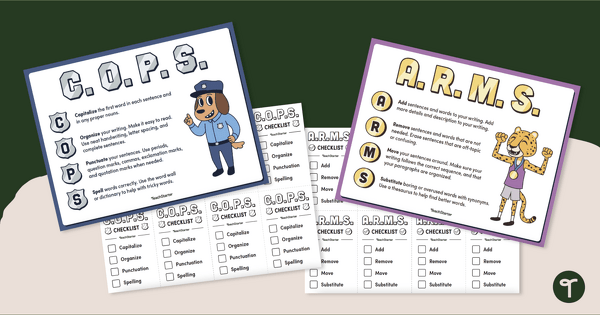
ARMS and COPS Writing and Editing Posters and Checklists
Encourage your students to proofread and edit their writing using the C.O.P.S. and A.R.M.S acronym with a pair of printable writing anchor charts.
- Plus Plan
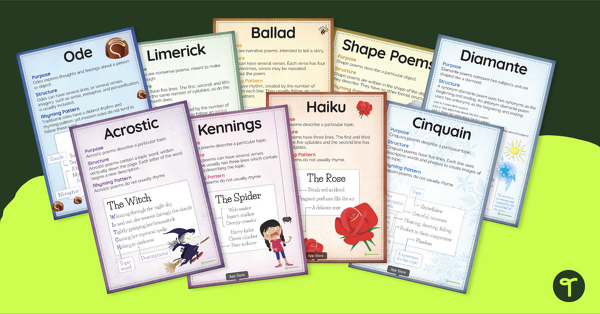
Types of Poetry Anchor Charts with Annotations
Introduce structured forms of poetry to your students with this set of 9 annotated poetry posters.
- Plus Plan
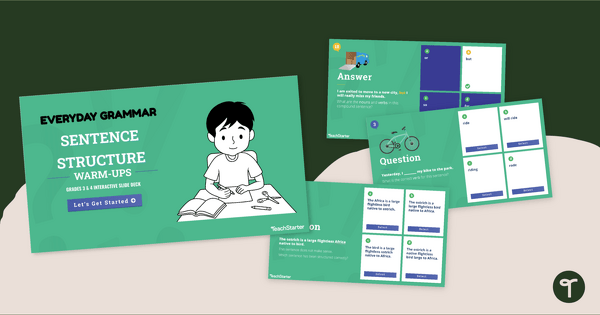
Daily Grammar - Sentence Structure Warm-Ups – Grades 3 and 4
An engaging 40-slide interactive Google Slides deck to use in grades 3 and 4 when learning about grammar and sentence structure.
- Plus Plan
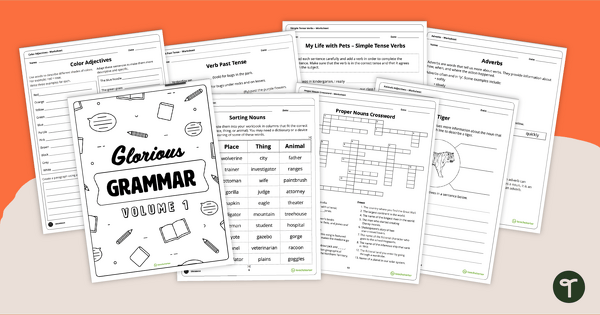
Glorious Grammar Volume 1 Workbook
50 activities in one booklet which all revolve around learning grammar in the classroom.
- Plus Plan
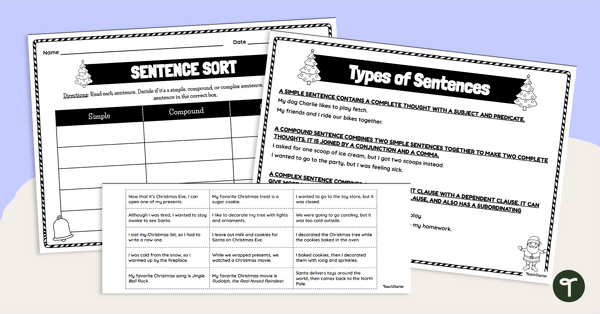
Christmas - Simple, Complex, and Compound Sentence Sort
Practice reading, identifying, and writing simple, compound, and complex sentences with a Christmas cut and paste worksheet.
- Plus Plan
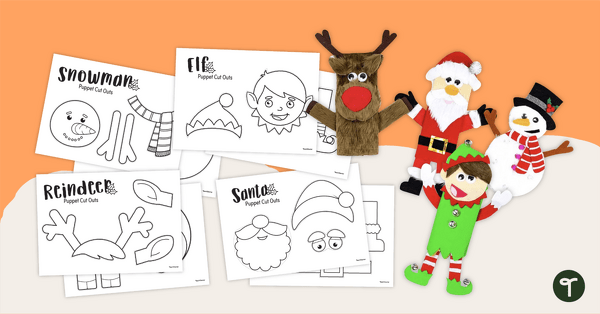
Christmas Paper Bag Puppets
Make paper bag puppets for Christmas fun with a printable paper bag puppet template.
- Plus Plan
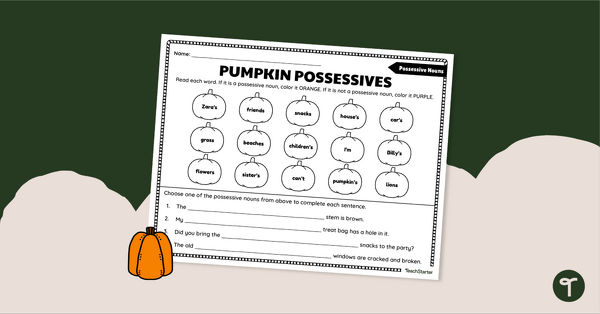
Pumpkin Possessives Worksheet
Practice identifying possessive nouns with this fall-themed worksheet.
- Plus Plan
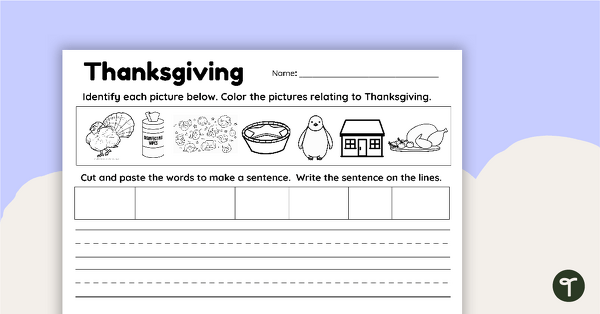
Thanksgiving Build-a-Sentence Worksheet
Build and write sentences about Thanksgiving with a cut-and-paste Thanksgiving worksheet for kindergarten and first grade.
- Plus Plan

George Washington Carver Constructed Response Worksheet
Read and write about George Washington Carver using the RACES strategy for constructed response paragraphs.
- Plus Plan
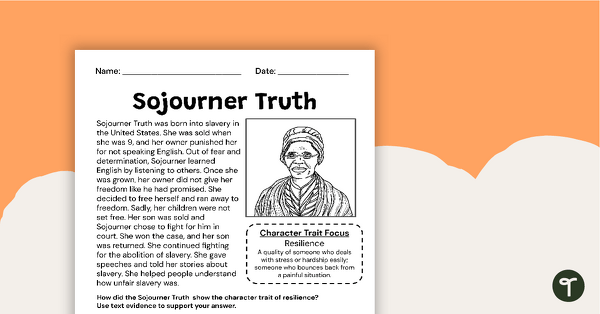
Sojourner Truth Constructed Response Worksheet
Learn facts about Sojourner Truth with an informational reading passage and writing activity for third grade and up.
- Plus Plan
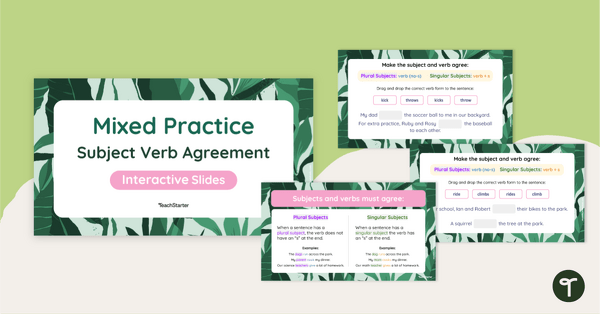
Subject-Verb Agreement Digital Learning Activity
Improve sentence structure and grammar skills with a Google Interactive resource that focuses on a range of subject-verb agreement rules.
- Plus Plan
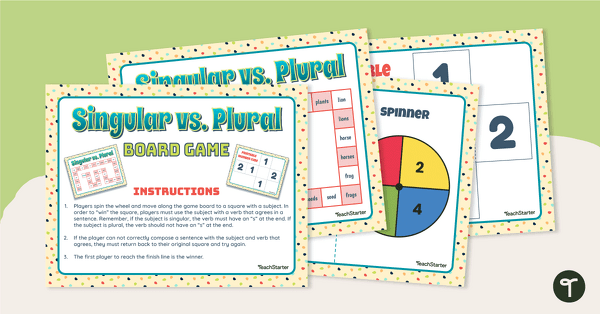
Singular/Plural Subject Verb Agreement Board Game
Improve sentence structure and grammar skills with a board game focusing on singular and plural subject-verb agreement.
- Plus Plan
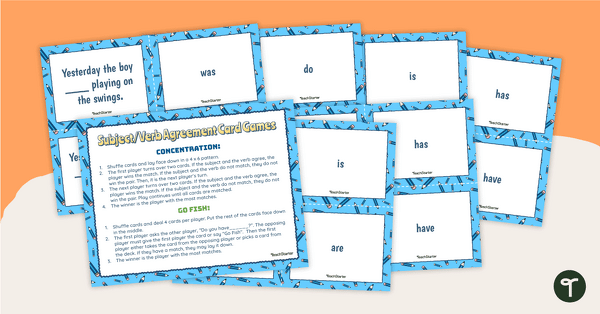
Subject-Verb Agreement Concentration & Go Fish Game
Improve student sentence structure with a card game focusing on usage of correct subject-verb agreement in sentences.
- Plus Plan
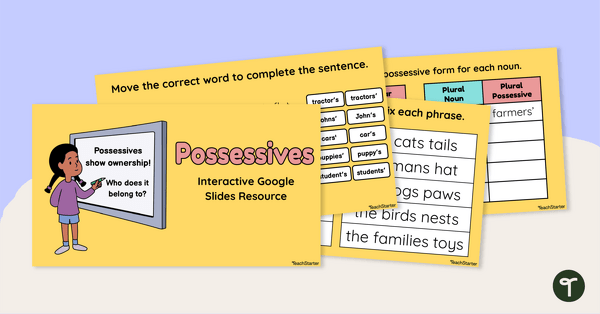
Possessive Google Interactive
Engage your learners with a Google Interactive activity designed to build skill with possessive nouns.
- Plus Plan
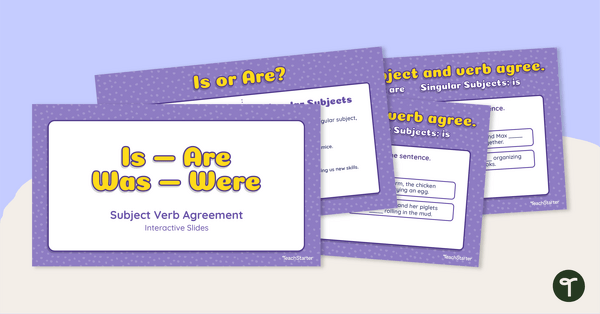
Is/Are, Was/Were Subject Verb Agreement Interactive Activity
Embed subject-verb agreement practice into digital learning with this Google Slides Interactive activity.
- Plus Plan

Is/Are Subject Verb Agreement Worksheet
Provide students with additional subject-verb agreement practice with a worksheet focusing on using is and are correctly.
- Plus Plan
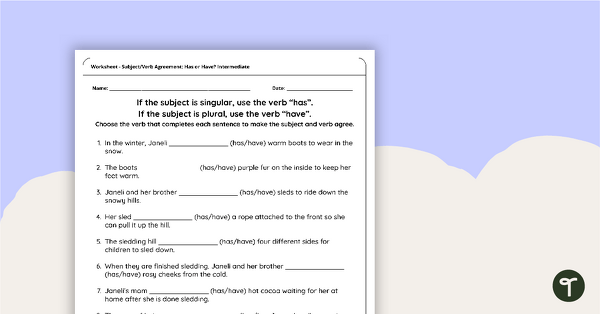
Has/Have Subject Verb Agreement Worksheet
Provide students with additional subject-verb agreement practice with a worksheet focusing on using has and have correctly.
- Plus Plan
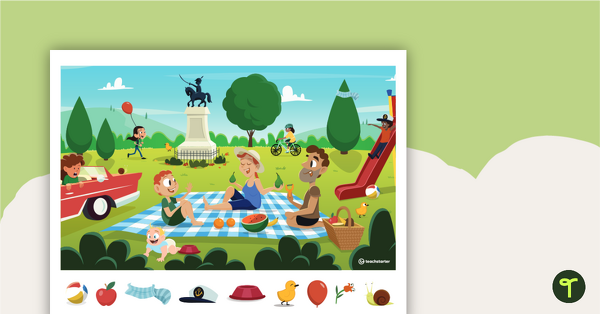
Search and Find – Family Outing
A fun, search and find activity with a family outing scene.
- Plus Plan

Complete and Incomplete Sentence Sort Worksheet
Practice sorting incomplete and complete sentences.
- Plus Plan
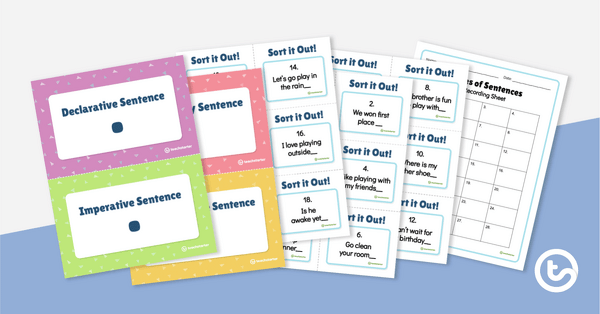
Sort It Out! - Types of Sentences
Practice identifying the 4 kinds of sentences by sorting all 30 cards by their sentence type and missing punctuation marks.
- Plus Plan

Onomatopoeia Poems Poster and Templates
Use this onomatopoeia poem poster and accompanying template to teach your students how to write an onomatopoeia poem.
- Plus Plan
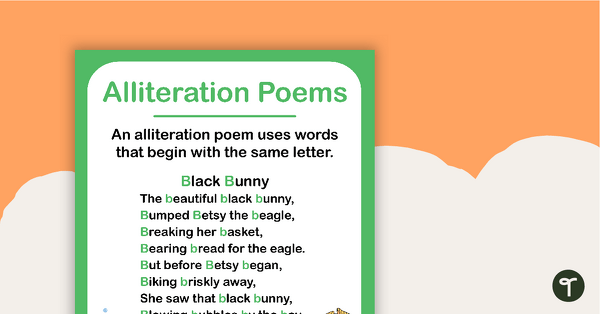
Alliteration Poem Poster and Templates
Use this alliteration poem example and accompanying worksheets to teach your students how to write an alliteration poem.
- Free Plan
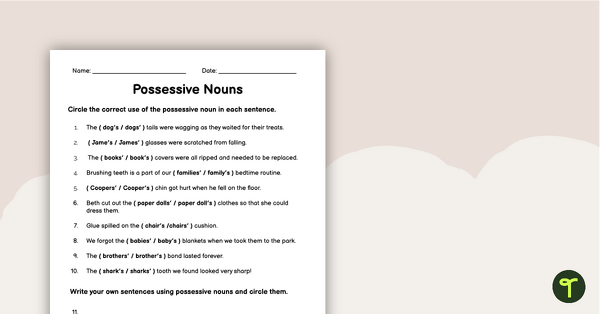
Possessive Nouns Worksheet
A worksheet to practice writing possessive nouns correctly.
- Plus Plan
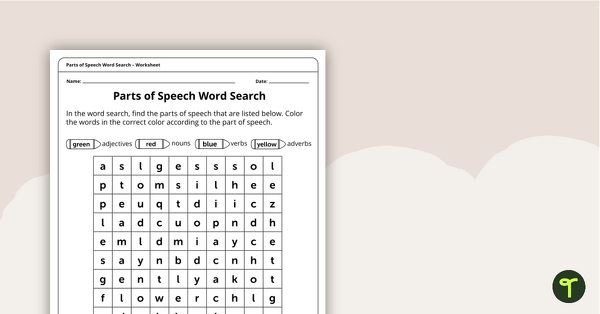
Parts of Speech Word Search – Nouns, Adjectives, Verbs, and Adverbs
Find and categorize nouns, adjectives, verbs, and adverbs with this color by parts of speech worksheet.
- Plus Plan

Ice Cream Topic Chart - Graphic Organizer
A blank ice cream topic chart to use when planning a writing piece in any subject area.
- Free Plan
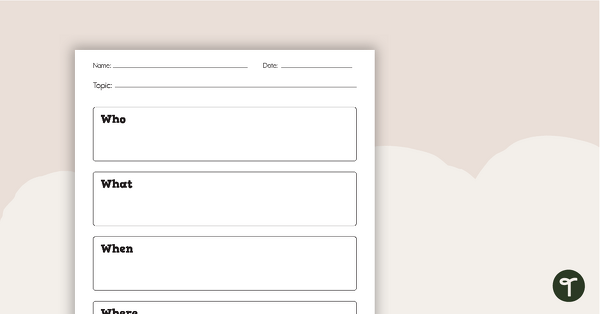
5 W's Graphic Organizer
A blank 5 W's graphic organizer to use when planning a piece of writing text.
- Plus Plan
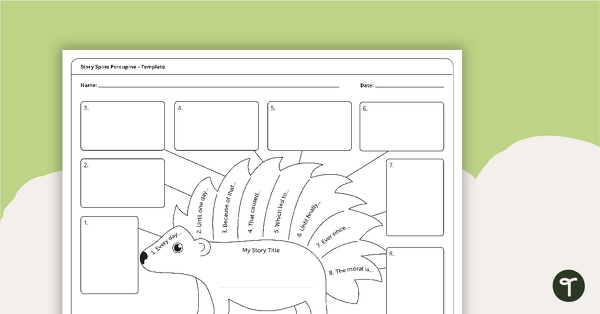
Story Spine Porcupine – Narrative Writing Template
Print a narrative writing graphic organizer template designed to help students plan their narrative.
- Plus Plan
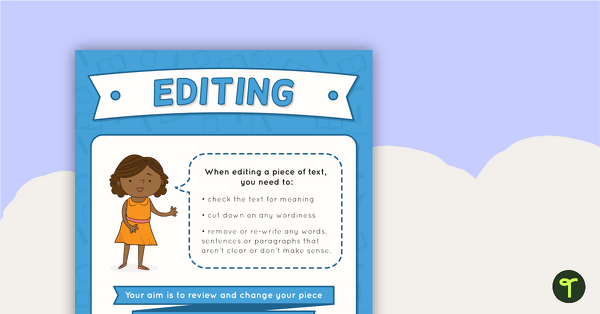
Revise and Edit Anchor Chart
Use this revise and edit anchor chart to remind your students of the steps involved in revising and editing their writing.
- Plus Plan
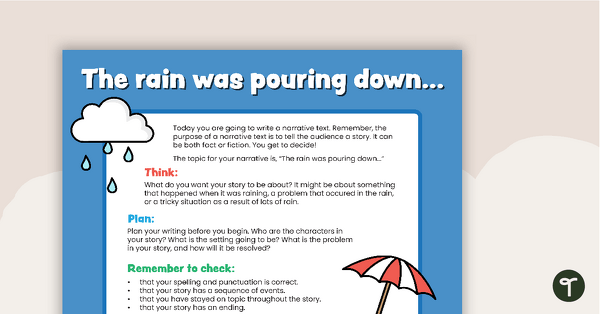
5 Narrative Writing Prompt Stimulus Sheets
A set of 5 writing prompt stimulus sheets with a narrative focus.
- Plus Plan
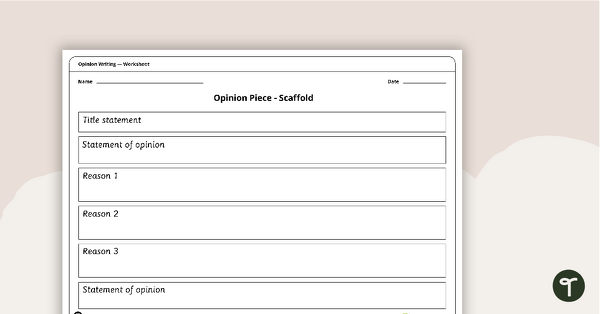
Simple Opinion Pieces - Writing Scaffold
A simple scaffolding worksheet to use when writing opinion pieces.
- Plus Plan
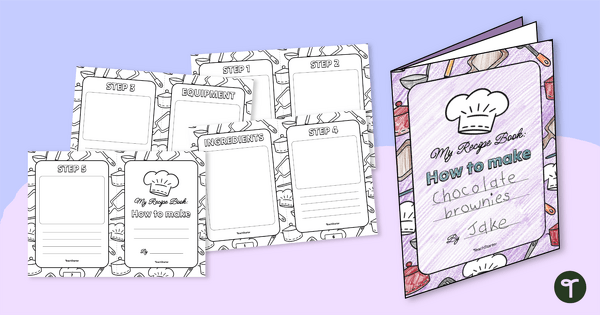
Procedural Writing – Printable Recipe Book Template
Download this printable recipe book template to use when teaching procedural writing to your 1st- and 2nd-graders.
- Plus Plan

My Drawing of the Gingerbread Man Worksheet
An engaging worksheet in the theme of the Gingerbread Man that explores the use of adjectives through drawing.